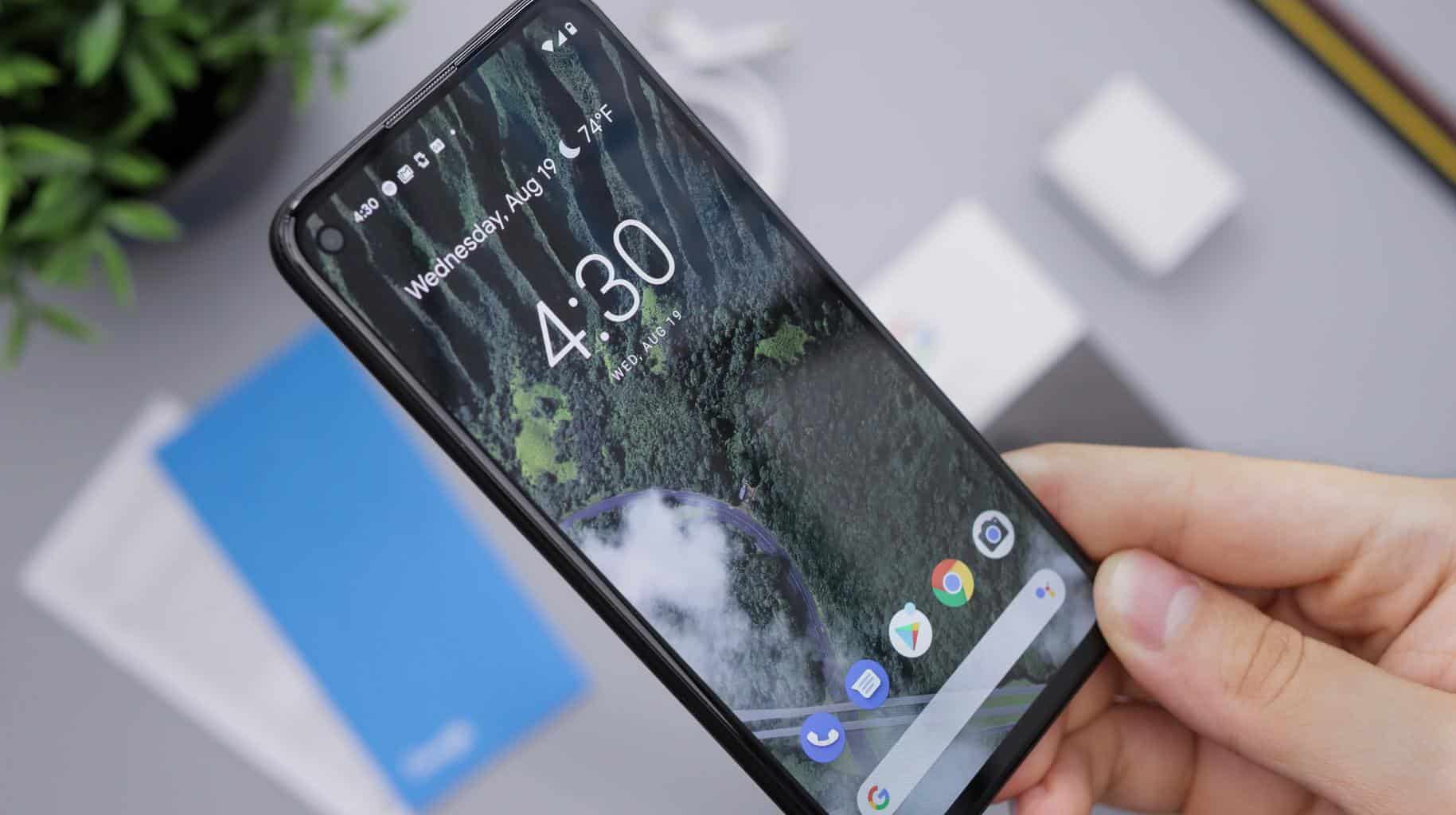
21 Jul Create Android Applications: the Tutorial for Developing Apps
If you know what you want and plan to create and launch your apps, going the Android path is sure to turn your luck. Not only are there a large number of Android users, compared to Apple, but it is also more cost-effective than iOS when it comes to publishing apps on app stores. Here are some of the primary reasons why you should create an Android mobile app:
Open Source
- Being an open-source platform, Android has comparatively low barriers to entry, allowing you to develop applications at lower prices quickly
Multi-Network Distribution
- In addition to the Google Play Store, Android apps can also be distributed through third-party app stores, helping you to make a significant impact and reach a wider audience
The Easy Application Approval Process
- Publishing a mobile application on the Google Play Store is a simple task. With flexible shipping policies and a fast approval process, you can make your Android app available to the world with ease
Multi-Device Functionality
 Android apps work well on several devices such as smart TVs, tablets, portable media players, cameras, car systems, smartwatches, and much more
Android apps work well on several devices such as smart TVs, tablets, portable media players, cameras, car systems, smartwatches, and much more
Customizable User Interface
- The user interface has a vital role in the success of an app. A highly customizable user interface makes it easy for app owners to manage them and deliver a better customer experience
Low Barriers to Entry
- Android Store has a low barrier to entry, making it easy to take advantage of any computing device and build excellent applications. However, you have to pay a one-time $25 registration fee for a Google Play Developer Console account to distribute your Android application worldwide
Table of Contents
Benefits of Android Applications
 You may be clear about the many benefits of creating an Android application for your business by now. However, now is the time to learn about some exciting benefits of owning an Android app for business or personal use.
You may be clear about the many benefits of creating an Android application for your business by now. However, now is the time to learn about some exciting benefits of owning an Android app for business or personal use.
For Businesses:
- Compared to all other mobile platforms, the number of Android users is relatively high. This large volume of Android users plays a vital role in attracting new customers for any business, increasing their growth exponentially
- Android apps can strengthen and gain exposure for your brand, helping you drive your business ROI dramatically
- With their easy-to-adopt features, Android apps can do wonders in taking the business to the next level
- Android apps offer a quick review and feedback option to users, improving customer service instantly
Personal Use Only:
- Most Android apps are free, making it easy for individuals to perform various tasks without spending a single penny
- Android devices are cheaper, making it easier for people to stay on top of the latest innovations in the mobile world at comparatively lower prices
Steps to Follow to Develop Your Android App
 Once you decide what you want to develop, choosing and preparing the development environment is the first thing. In this regard, there are two alternatives, either programming a native application or using the different frameworks or free applications that will allow making mobile applications with hardly any programming knowledge.
Once you decide what you want to develop, choosing and preparing the development environment is the first thing. In this regard, there are two alternatives, either programming a native application or using the different frameworks or free applications that will allow making mobile applications with hardly any programming knowledge.
So, based on the development of an application without using a framework or applications, you should consider that Android also offers a complete user interface, applications, code libraries, structures for applications, and multimedia compatibility for its use.
Also, even though operating system components are in programming languages such as C or C ++, Android applications are designed in Java. However, you can also use other programming languages. In this way, as Java is also Open Source like Android, this means developing whatever you want without associated costs and in an easier way.
The first thing to do will be to configure a development environment basis on an IDE or integrated development environment with Java Development Kit and the Software Development Kit and Android Development Tools for Android to use Android’s tools and libraries.
From there, it is advisable to configure an Android emulator within the environment so as not to have to install the different versions of the application each time you want to perform a test. You can also have your mobile connected to your PC via USB in “USB debugging” mode.
Therefore, each time the application is open, you can install the application on your mobile and carry out its corresponding tests on the same terminal. Now it only remains to start programming the application and once the application is complete, leave it installed on the mobile for personal use and enjoyment.
Finally, if you also want to sell the application, you must register as a developer in the Google Play store and upload the application to be reviewed and approved for publication.



No Comments